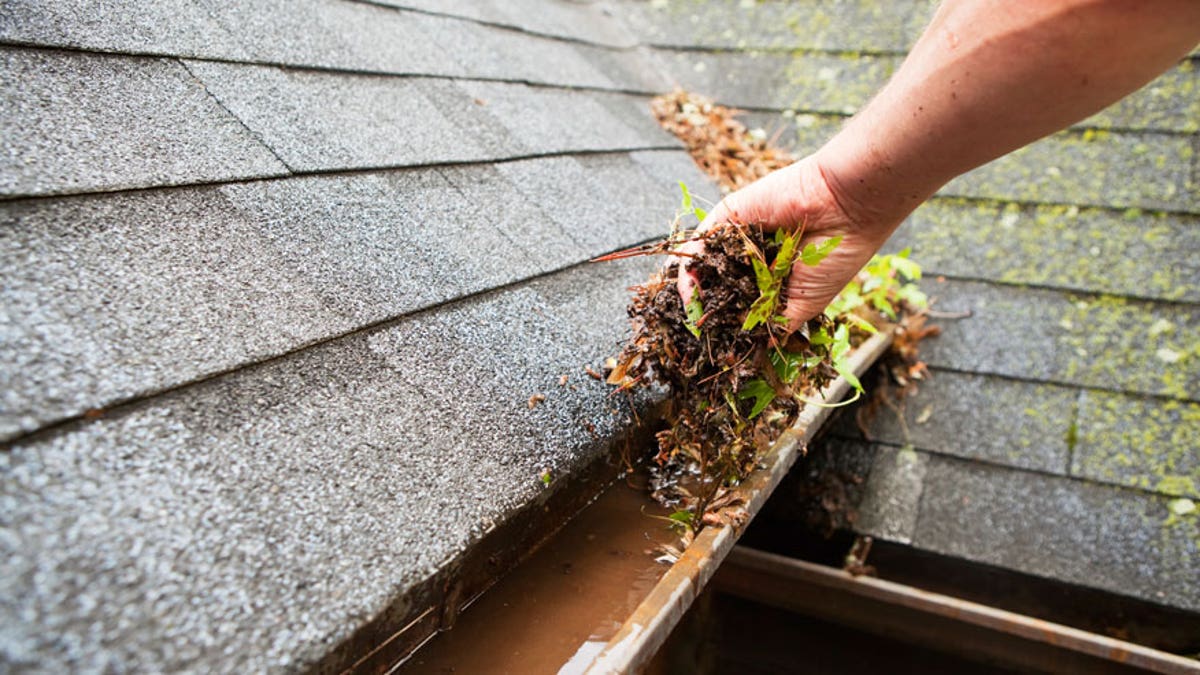
(iStock)
Most homeowners have a long list of repairs and DIY projects that they’ve been putting off. However, sometimes ignoring much-needed maintenance can put your home at serious risk. Here are a few common household repairs that you should take care of before it’s too late.
Leaky Water Heater
The first signs of trouble seem innocuous enough. A few drops of water beneath the tank, or perhaps a bit of corrosion around the bottom. As long as hot water still flows through the pipes, it’s easy to ignore the problem. But a leaky tank could be the sign of something serious and lead to major problems down the road. If water is leaking from the safety valve, it could be a sign that water pressure is building up inside the tank, which could lead to a dangerous explosion. When water leaks from the bottom of the tank, it means the tank itself is compromised. Often this is caused by sediment that has built up inside the tank, or worn out anode rods that have caused the inside of the tank to rust. To avoid any disasters with your hot water tank, make sure to get it inspected regularly, and if anything seems out of place, get a plumber in immediately to take a look.
Clean Your Gutters
There are few household chores as loathed as cleaning out the gutters, but ignoring this annual task can cost you in the long run. Clean gutters keep the water flowing where it should: away from the home. When gutters get plugged up, the water has nowhere to go, so it runs down the side of your house, channeling it directly into your foundation, which can cause it to crack. In the winter months, clogged gutters can also create ice dams that damage the roof. And that’s how skipping a few hours of work every fall can lead to a repair job that can cost tens of thousands of dollars.
Leaks
Many people are willing to overlook the occasional leak. A bit of water beneath the sink or the occasional drip from the ceiling on a rainy day can’t do that much harm, right?
But left unchecked, excess moisture can cause mold and mildew to flourish. If you allow mold to get the upper hand, you might have to replace carpeting and entire sections of drywall. And moisture problems are often much bigger than you think. For instance, a small damp patch on the ceiling might just be the tip of the iceberg. Poke your head into the attic and you might find that the rafters are waterlogged and already showing the signs of rot. Spare yourself the expense of a major repair. If you see signs of a leaky pipe or roof, call someone immediately to get it checked out.
Bad Wiring
Ignoring the signs of potential water damage can cost you money, but ignoring issues with your electrical system can cost you your life. Electrical issues account for a stunning 47,000 house fires each year. And older homes are particularly at risk for electrical issues. Knob and tube wiring system, which was popular until the 1940s, features insulation that is prone to cracking, leaving you with bare wires and the risk of a short circuit. Another common problem in older homes is an electrical system that is not build to handle the demands of modern appliances and gadgets. If the lights in your home flicker every time you turn on an appliance, you might be at risk. The cost of updating wiring in an old home can be expensive, but it’s also worth it if it keeps you and your family safe.